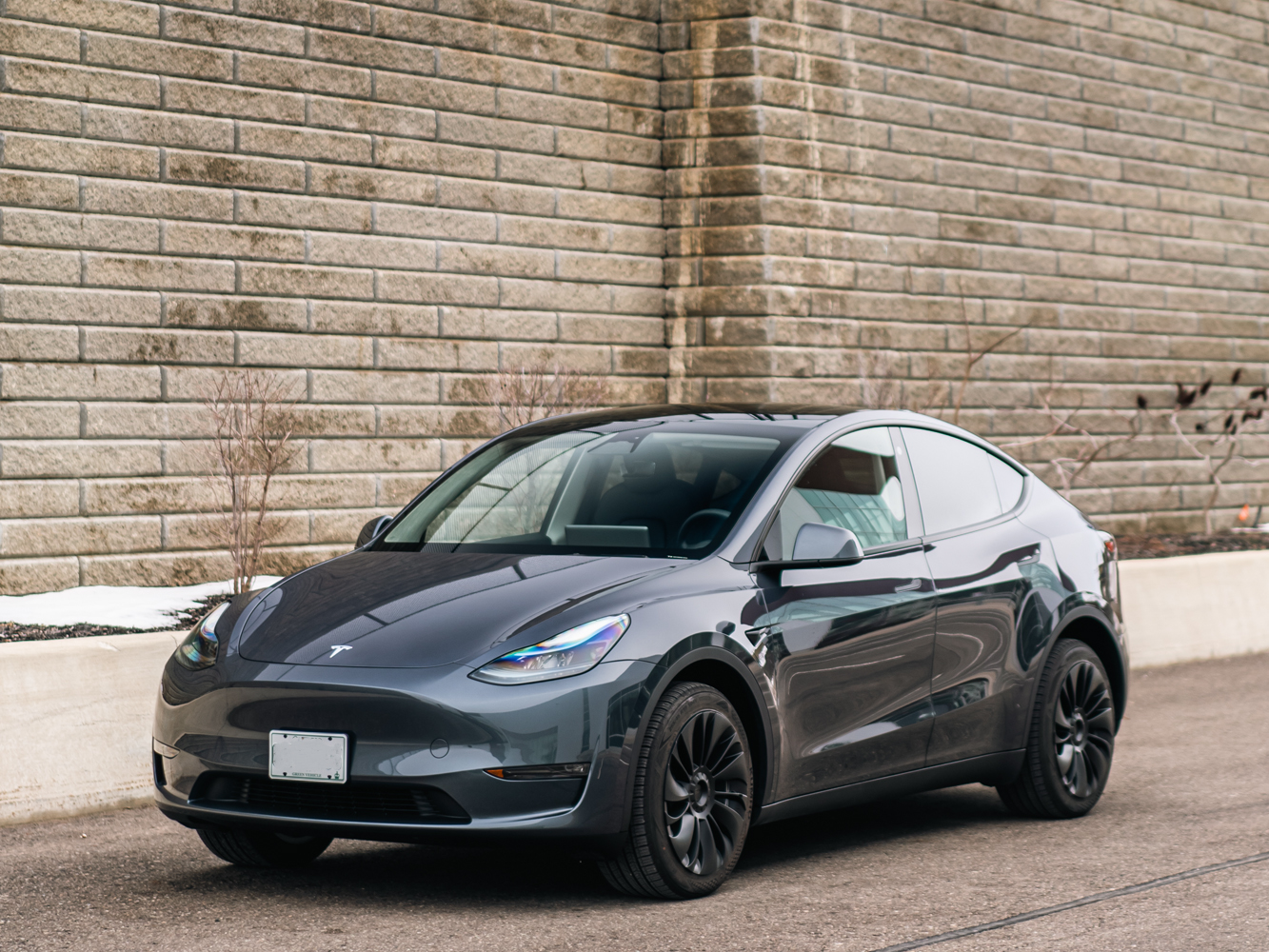
By: Otaiba Ahsan
There are several scenarios where you may have to leave your car parked for an extended period of time. Whether it’s a long vacation, travelling for work, or the fact that you split your time between multiple residences, leaving your vehicle somewhere can be stressful. When it comes to gas-powered cars, we know that upon your return, the car will typically begin to work again with no problem, assuming there are no major issues. However, the question becomes if the same holds true for electric vehicles (EVs). So, how long can you leave your Tesla parked for? Continue reading for more.
Parking Your Tesla for an Extended Time
Tesla doesn’t have official guidelines on the maximum amount of time you can leave your vehicle parked. However, we can use anecdotes from fellow Tesla owners like Steve Hanley, who leaves his Tesla Model Y parked for 3-months at a time when he moves to his Summer home.
In summary, he lost a total of 25% of charge by the end of the 3 months, which is roughly an average loss of 8% per month. The phenomenon of battery depletion when parked is known as phantom drain, and we created a guide on it for your convenience.
Therefore, in theory you can leave your Tesla parked for months without driving it and it should work just fine upon your return, so long as it has remaining charge. However, it’s best to not do this as driving the car regularly helps keep the 12V battery running, keeps the rust off the brake rotors, and more.
TIP: If you’re leaving your Tesla parked at your residence for a while, see if you can lend your Key Card to a trusted family member or acquaintance who can drive the car around for a few kilometres once a week. This can help keep the vehicle in shape and ensure that you don’t have any major issues to deal with upon your return.
Tips for Parking Your Tesla
There are a few ways you can save battery loss when leaving your Tesla parked for an extended period of time:
1) Charging
This one seems obvious, but if you can leave your car parked at your home while plugged in, then you won’t lose any battery at all. There’s a common myth that if you plug into your Tesla and leave it there after it’s reached the charging limit, it’ll keep charging and damage the battery. However, Tesla themselves have stated that the car will not overcharge if plugged in for an extended time.
2) Parking Location and Cabin Temperature
It’s best to leave your car parked in a safe location, preferably indoors where the temperature remains relatively consistent. Fluctuations in temperature, especially during warmer climates, can trigger the Cabin Overheat Protection feature, which will contribute to faster battery drain each time it’s used. This feature can be adjusted by tapping Controls > Safety > Cabin Overheat Protection when in your vehicle or in the app. Turning it off will certainly save battery when parked.
3) Sentry Mode
When in your Tesla, you can toggle this feature by tapping Controls > Safety > Sentry Mode and then you can turn it on or off. You can also follow the same steps to do the same in the mobile app. It’s important to adjust the settings so that it excludes home, work, or favourites. That way, when you’re in places where you know you don’t need Sentry Mode, your car won’t consume as much energy when parked.
The Bottom Line
So, how long can you leave your Tesla parked for? In short, there are no official guidelines from Tesla themselves. However, you can expect to lose up to 10% of charge per month if your vehicle isn’t plugged in. This number will vary based on several factors such as parking location, which features remain on, how old the car is, and more.
